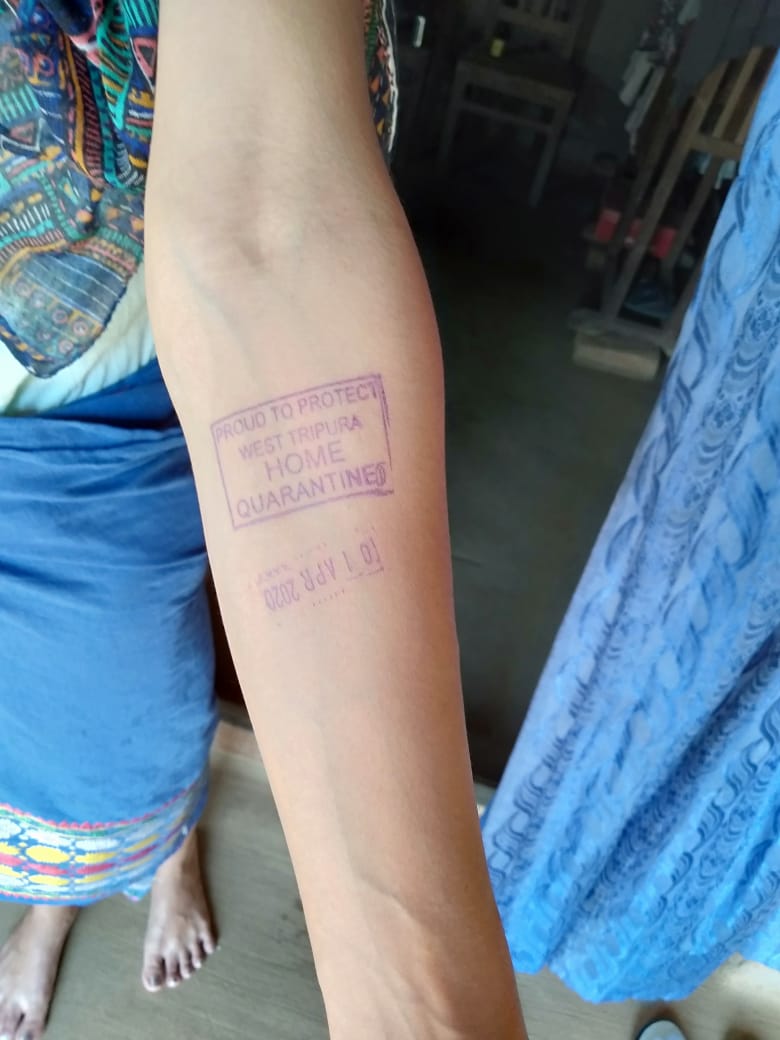BY SUJIT CHAKRABORTY
Guwahati/Agartala : Northeast India’s topographical isolation, less congestion of people and fewer international migration, largely due to the mountainous region are the factors that have so far restricted the spread of COVID-19, experts said.
But the experts hasten to add that less effective surveillance over domestic migrants also might be the other reason why detection of corona positive cases has been low in the region, comprising eight states and home to 45.58 million people (2011 census).
The North East Region (NER), surrounded by China, Myanmar, Bangladesh, Bhutan and Nepal, consists of 8 per cent of the country’s total geographical area and 4 per cent of the country’s population.
Compared to around 1,000 positive cases in India so far, two positive cases have been found in two northeastern states — one each in Manipur and Mizoram.
Health officials in Imphal and Aizawl said conditions of both the patients is “stable”.
A 50-year-old Christian pastor from Mizoram tested positive for coronavirus after a 23-year-old Manipuri woman tested positive last week. The Mizo man had returned to Aizawl from Amsterdam, via Delhi and Guwahati on March 16 while the Manipuri girl returned from the United Kingdom on March 21 via Delhi, Kolkata and Agartala.
Renowned physician of northeast India Pradip Bhomik said geographical isolation and lack of modern transportation are “blessings in disguise” for the people of the northeastern region.
“Compared to metropolitan and important cities of India, the cities and urban localities in the northeastern states are less congested. Moreover, compared to the number of people in the region, the corona testing facilities and health infrastructure are not so bad, if not excellent,” said Bhowmik, a pioneer in northeast India in controlling different types of Hepatitis.
According to the experts, the northeast region has ten nCoV testing centres in Assam (6), Meghalaya (1), Tripura (1) and Manipur (2) including one by Indian Council of Medical Research’s(ICMR’s) Regional Medical Research Centre at Lahowal in Dibrugarh district.
Assam’s Director of Health Services, Ratindra Bhuyan said there has to be a certain number of requirements in hospitals to enable them to qualify for conducting corona tests, as ICMR.
The ‘Transcription Polymerase Chain Reaction (RT-PCR)’ test is essential for detecting the genetic material (RNA) of coronavirus.
Another Guwahati-based senior doctor Amrit Lal Saha said that less international migration and fewer international communication might be responsible for the limited spread of the COVID-19 in the northeast India.
“I am not sure that how effective has been the surveillance over domestic migrant workers who returned to various states of the region mainly in Assam from different parts of India before the lockdown was enforced,” Saha told IANS.
Assam’s Health and Finance Minister Himanta Biswa Sarma said the positive cases of novel coronavirus have been so far low in northeast India, but huge challenges lie ahead in combat the spread of the dreaded disease.
“The less number of positive cases currently in the region is no reason to be complacent. The Assam government is taking significant measures to build hospital-bed capacity in the state and numerous personal protections besides ventilators for the possible patients,” said Sarma.
He said a 700-bed quarantine facility has also been made ready in a stadium in Guwahati. “Besides dedicated COVID-19 treatment arrangements are being made for both quarantine facility and treatment of nCoV patients in four more medical college and hospitals, including Guwahati medical college,” said Sarma.
Sociologist Manash Baruah said that decades-old terrorism devastated the northeastern region taking the advantage of the tricky terrain, topography and isolation of people. “The same situation and locational position of the northeast turned into a positive against the spread of coronavirus,” Baruah told IANS.
The population density of India has gone up to 382 persons per square kilometre as per the 2011 census against 170 people per sq km in the North-East, 70 per cent of which is mountainous.
(IANS)


COMMENTS